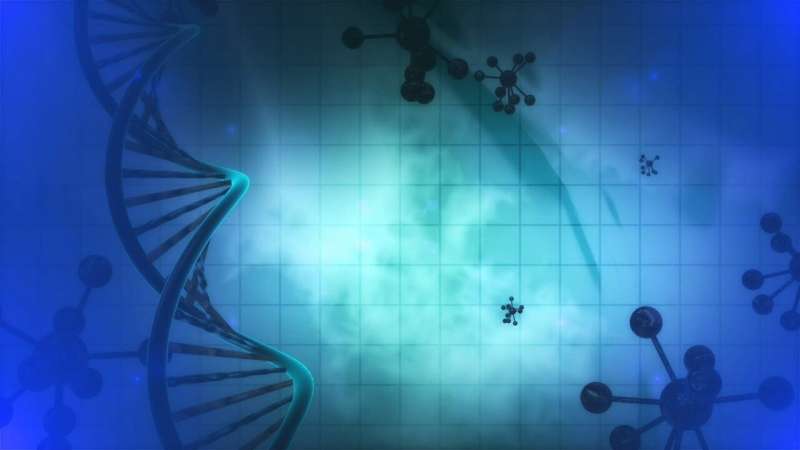Advancements in Emotion Recognition AI to Alleviate Physician Empathy Fatigue

New emotion recognition AI technology offers a non-contact method to accurately interpret patient emotions, helping reduce physician empathy fatigue and enhance patient care in medical settings.
In clinical practice, accurately interpreting and responding to patients' emotional states is vital for enhancing treatment effectiveness and ensuring patient satisfaction. Recent developments in emotion recognition technology aim to support healthcare professionals by providing additional tools to understand patient emotions more precisely.
A groundbreaking study published in IEEE Access by researchers from the University of Tsukuba introduces a non-contact, multimodal emotion recognition framework. This innovative system combines various data sources—including patients' voice recordings, verbal interactions with physicians, and physiological signals such as heart rate and breathing patterns—without requiring physical contact. By integrating these diverse inputs through advanced algorithms, the system can analyze and identify patients' emotional states with high accuracy.
The study involved simulated cancer treatment consultations where experienced physicians interacted with trained actors portraying patients. The emotional detection capabilities of both human doctors and the AI system were evaluated against patients' self-reported feelings. Results demonstrated that the AI system surpassed physicians in accurately recognizing emotions, highlighting its potential to serve as a valuable support tool in medical settings.
This technology offers notable advantages. It can operate continuously in the background during consultations, providing real-time emotional insights to healthcare providers. Moreover, because it relies on non-contact methods, it minimizes physical and psychological strain on patients, facilitating a more natural and comfortable interaction environment.
Implementing such AI tools could significantly reduce empathy fatigue—an emotional exhaustion often experienced by healthcare professionals—and improve the overall quality of patient care. The researchers plan to further refine the system, aiming for its integration into real-world clinical settings. Future applications may include elderly care, mental health support, and other areas where understanding patient emotions is crucial.
This evolution in emotion recognition technology signifies a promising step toward more empathetic, efficient, and patient-centered healthcare, powered by intelligent, non-invasive solutions.
For more details, refer to the study: Homura Kawamura et al, "Framework for Emotion Recognition Using Cross-Modal Transformers With Non-Contact Multimodal Signals Aiming Clinical Service Support," IEEE Access, 2025. Source: https://medicalxpress.com/news/2025-09-emotion-recognition-ai-physicians-empathy.html
Stay Updated with Mia's Feed
Get the latest health & wellness insights delivered straight to your inbox.
Related Articles
Understanding How Cancer Misinformation Exploits Human Psychology
Cancer misinformation spreads rapidly on social media by exploiting emotions and psychological biases, risking delays in treatment and trust in healthcare. Learn how to recognize and resist false claims to make better health decisions.
TikTok Skin-Care Routines in Teens May Increase Risk of Chronic Allergies
A recent study warns that TikTok skin-care routines among teens may cause lifelong allergies and skin conditions due to high-risk ingredients and unregulated practices. Learn more about the potential health implications.
Study Finds Menopause Does Not Accelerate Disability in Women with Multiple Sclerosis
A groundbreaking study reveals that menopause does not increase the risk of disability worsening in women with multiple sclerosis, providing reassurance and guiding clinical care.



